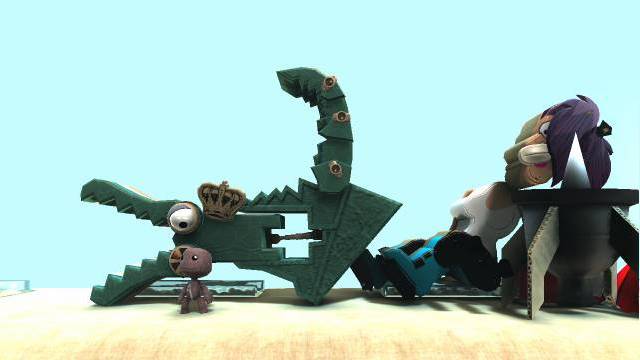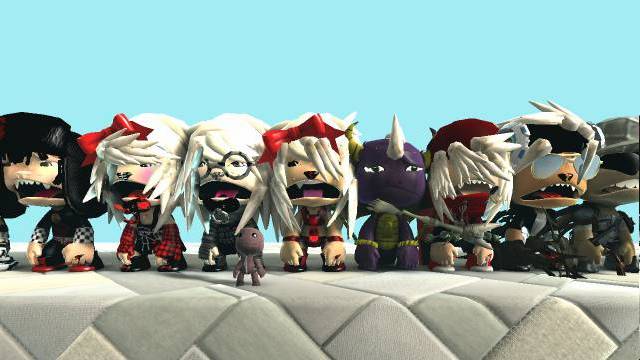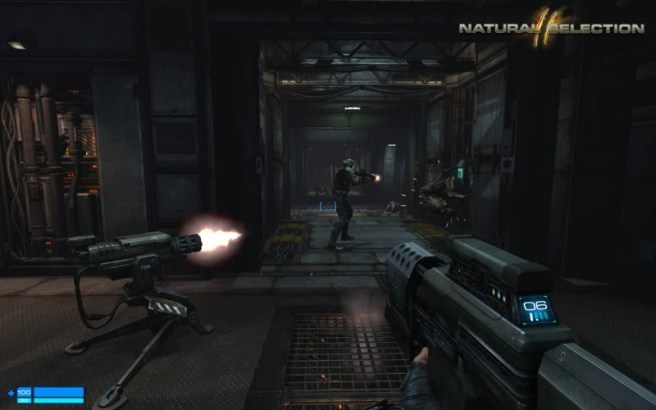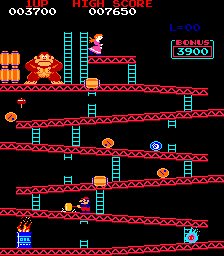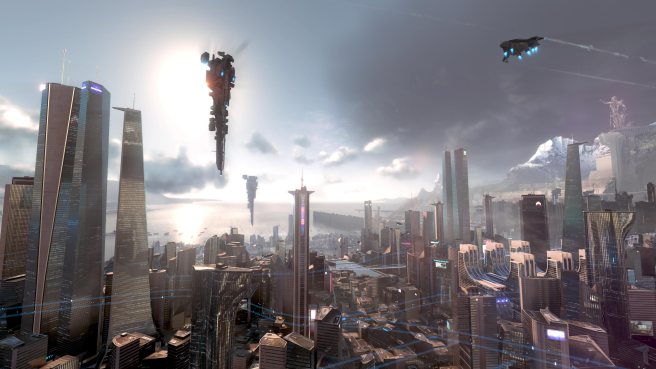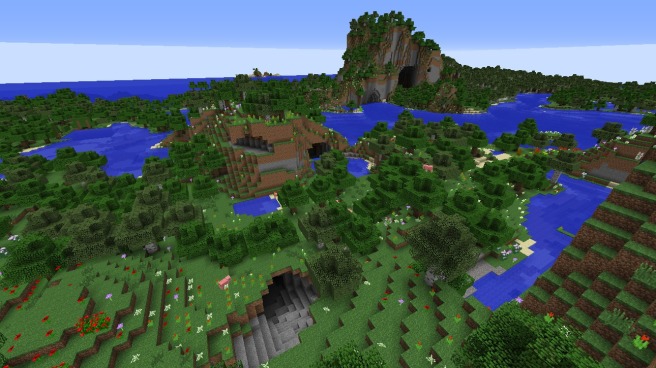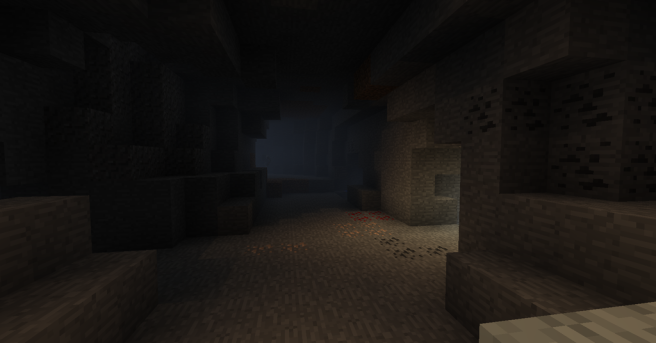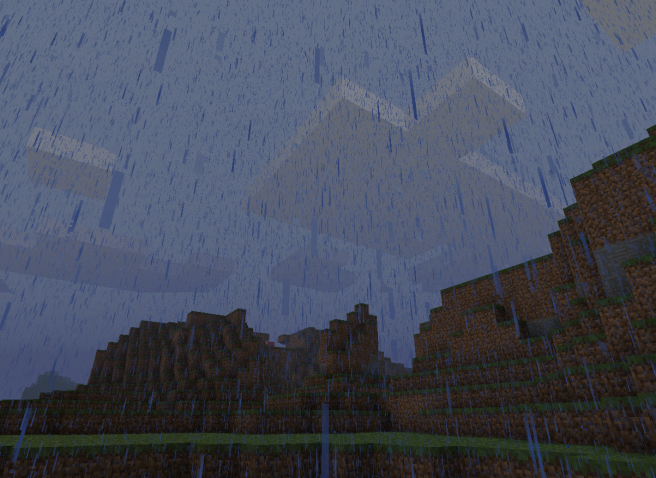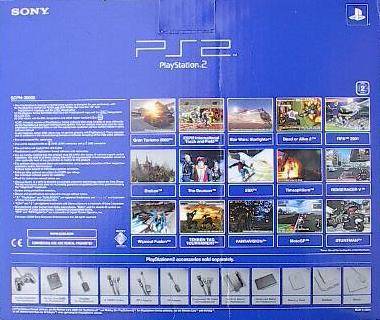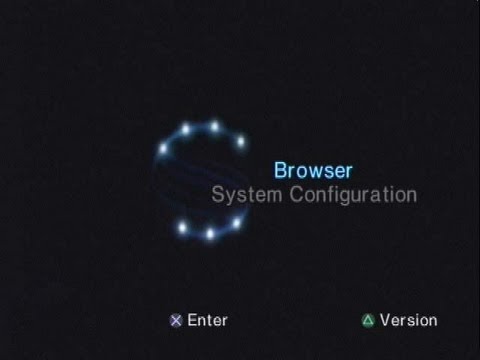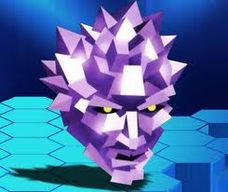We introduce minor mechanics and then drop them like they never happened. These mechanics end up being so one-off and inconsequential that they manage to not stick out despite only being present in one part of the game. Usually this stuff sticks out, for better or worse. It reflects, well, something about us… that we have hidden how many of our game’s mechanics are, in fact, sort of wasted.
I have no idea how people feel about it or – as an ambitious, “old-school” game designer – how I am meant to feel about it. These are mechanics so one-off and ambient that it’s kind of insane to even ask if anybody has the strength to try and care about them.
What people talk about and care about is the “constant” pushing of the crate-on-wheels which happens too much to even be written about here, like it’s relevant.
Fact: It’s undeniable that these mechanics would lead to moderately unique gameplay scenarios if they were used in more scenarios and in even slightly more complicated ways than they currently are. (I’ll be watching the DLC brainstorming for pitch opportunities for this exact minor shit.) The crate could be used interestingly, too, so it turns out I will talk about it for a second. One of the Scotland shootouts starts in the middle of you pushing a crate. Little do you realise it, but you can push the crate into the firefight to give yourself some advantageous cover, making it into a dynamic tool it never becomes again.
Now, these other things. They never even mix with the combat or climbing. These are small. And I doubt they will trigger very much imagination when people encounter them again, but I submit that perhaps they should.
- Carrying a box under water, tapping X to keep yourself from sinking with the weight of the box
- (I know you remember using the toy gun. Here’s the unique stuff happening during this moment). Being intended by the game designer to shoot at inanimate objects, not enemies. Being intended to pay actual attention to how inanimate objects react to being shot at. (Seriously, I never once shot at a dangling thing or a pot for the rest of the game, this is the one time it actually wants you to pay attention to this stuff.)
- Having to take cover so your NPC pal can detonate C4. (I’m going to call this “patient” or “boring” cover-taking. You’re only taking cover here so you can keep progressing through an easy section of a level that kind of plays itself. It’s basically like pushing a button, here. Only happens in the prison breakout. [Now, imagine how often you’d be made to do this this if it were a military squad shooter. Seeing as you’re with an actual “military squad,” in this part of the game, it’s a nice touch.])
- Having overpowered AI companions who can basically kill everybody for you (Now, this is something that shouldn’t appear in the game again, but this is fine for my article because it will ultimately turn into an argument about why these mechanics should appear only once while albeit starting-off with a little explanation as to why you might think they should get used multiple times)
- Pick-pocketing (remember the key-card you pull from the waiter’s back pocket?)
- Being on a time limit (apparently,) and pressing the Triangle button to search through draws, toolboxes, etc, to retrieve something you want to attain quickly. Experiencing the on-screen presence of many distant, circular contextual-action prompts that are simply there to distract you and waste your time while you are searching for the *real* contextual action which will give you the item, (now imagine the same search scenario in a shootout or stealth situation or when….)
- Avoiding spotlights
Okay, look, these are all the mechanics I’ve been reminded of so far in my 2nd playthrough. So far I’m still at the auction. But I’ve seen enough, felt enough. You’ll be surprised at how much developers forget.
It’s obvious why each individual mechanic is here, isn’t it? Why they get used even that one time? They add a little bit of uniqueness to each section.
Even a little bit of discovery, and I mean discovery that the “player” enjoys after having already played the game. When you restart Uncharted 4’s campaign you’re made to shoot, take cover, climb, carry, look around, etc. in ways that you were never asked to in chapters 10-22. These small things, bizarrely, feel like new things by the time you return to them. They’re novel. And this is how replaying Uncharted 4 is funner than it would be otherwise. It’s how memorable moments of the early-game don’t get totally “out-done” by the later moments. Sam’s prison breakout, for example, will always feel special because it’s the only part of the game with those “squad game” touches.
I’m imagining a level in the jungle where you have to pickpocket a guard. There’s guards around the place and you have to make sure they don’t see you hovering, in plain sight, around this guard’s back. And the much easier pickpocketing scene back at the auction, in retrospect, feels basically like a tutorial for this. If there’s one thing our players hate, it’s the feeling of “playing a tutorial.” And I start to wonder what it would feel like if the (much easier) auction pick-pocketing sequence was the only pick pocket sequence in the game… it wouldn’t be a tutorial, then, would it? It’d just be a neat thing…
You see why we do some things once?
